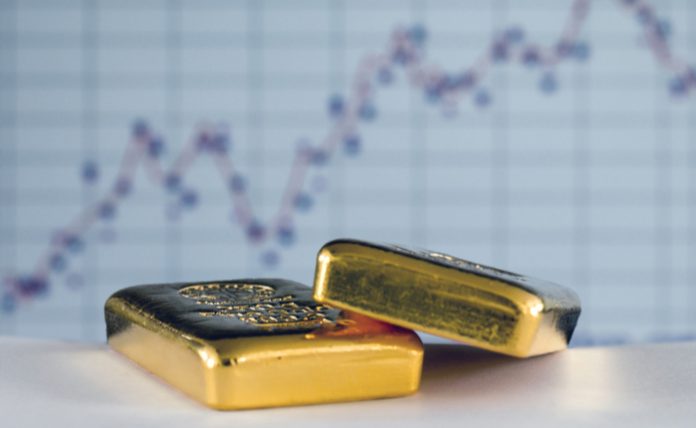Gold has seen a pretty big comeback over the past few weeks, breaking past the $1,400 price barrier multiple times in the process. As many experts wonder whether the yellow metal will go on to break $1,500 per ounce and beyond, one of the world’s leading organizations concerning the gold market has gone on to say that this might just be the case.
A new study published by the World Gold Council showed that gold investment demand will remain strong in the short term, as uncertainty in the financial markets, as well as an accommodative monetary policy, will help push prices up.
During its mid-year gold forecast for 2019, the industry body went on to say that price momentum surrounding gold will remain strong for the rest of the year, with various economic reforms in India and China will also play a secondary role in propping up demand. The precious metal is already up 11 percent so far this year and could very much end 2019 up 15 or 20 percent.
With central banks around the world becoming increasingly dovish in their monetary policy, the influence these institutions have played on the gold markets can’t be understated. The study from the World Gold Council showed that around the world, central banks have bought 247 tonnes of gold directly, with Russian, Indian, and Chinese central banks leading the way.
Even back in 2018, gold-buying from central banks had reached a record point. Now that there’s a market expectation that the U.S. Federal Reserve will lower interest rates two or three times this year, this should continue to help prop up the price of gold, according to the report.
“Global monetary policy has shifted by 180 degrees. Less than a year ago, both Federal Reserve (Fed) board members and US investors expected interest rates to continue to increase, at the very least through 2019. By December, the most likely outcome was for the Fed to remain on hold. Now, the market expects the Fed to cut rates two or three times before the end of the year. And while statements by board members, including Chairman Powell, are signalling a wait-and-see approach, the market has barely changed its forecast. The Fed may not do what the market asks, but it generally doesn’t like to surprise it either,” read the report. “As we look forward to the rest of the year, we believe that consumer demand may be soft and speculative activity could amplify price movements but, overall, it is likely that investment demand will remain robust and central banks will continue their net purchasing trend.”
The price of gold ended the week at $1,415.35 per ounce, up 0.8 percent or an increase of $11. Over the past 30 days, gold broke through its previous resistance level around $1,340 in mid-June and since then has surged to around the $1,420 level.
For the past couple of weeks, prices have remained relatively the same, failing to break out further as initially anticipated. Other precious metals have risen as well in tandem with gold, albeit to a lesser extent as gold is the go-to precious metal when investors are looking for a safe store of value.










